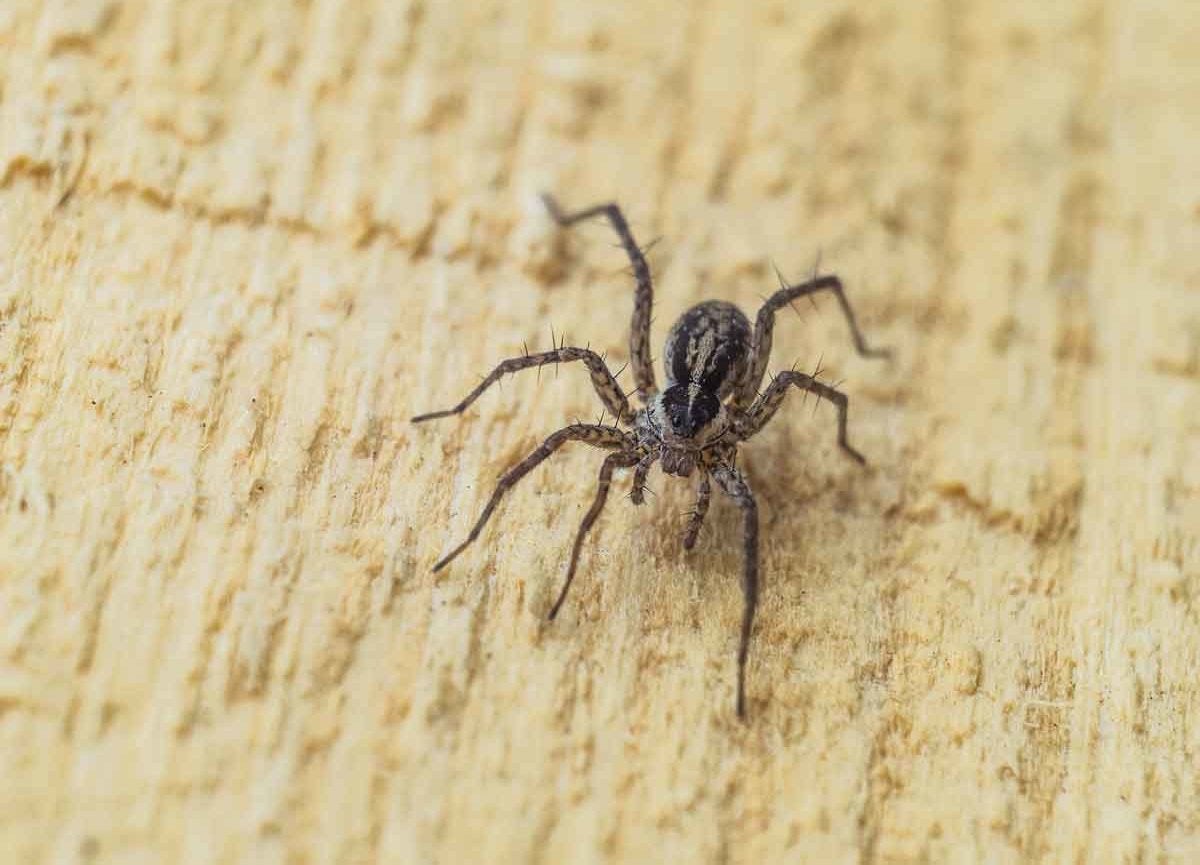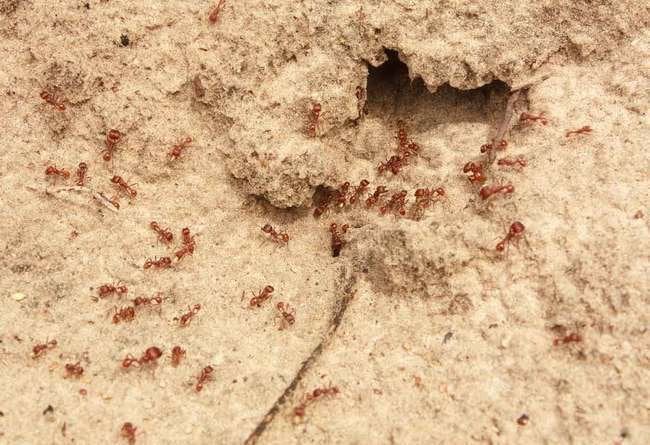We may earn revenue from the products available on this page and participate in affiliate programs. Learn More ›
Brown Recluse Spider

The brown recluse, which has a distinctive violin-shaped marking on its back, is most commonly found beneath rocks or in woodpiles. Yet, the venomous spider can also hide in seldom-worn clothing or shoes, basements, attics, and crawl spaces. A brown recluse may attack if provoked, and its bite can cause blisters, fever, and difficulty sleeping—although the bite is typically not fatal. See a doctor immediately if you suspect you’ve been bitten.
Related: 30 Things in Your House That Are Attracting Bugs and Rodents
Deer Tick

Ticks usually hide in grass or thick foliage, where they latch onto humans, dogs, or cats to extract their blood. Many tick species are harmless, but the notorious deer tick can spread Lyme disease, anaplasmosis, and babesiosis; these conditions are associated with fever, neurological issues, and joint issues if not treated. On the bright side, removing a tick within 36 hours significantly decreases your chance of contracting a dangerous infection, so always check yourself after hiking or camping in tick-infested areas.
Scorpion

Scorpions are nocturnal pests typically found in warm, dry climates like the desert. Most American varieties don’t have lethal venom like the ones in Africa, but their sting is still painful. To avoid an unpleasant encounter, always wear shoes outside at night, put on gloves when working in the backyard (especially if you’re turning over logs or rocks), and shake out any clothing or shoes that have been left in a garage or outside.
Related: 10 Tiny Bugs in Your House and How to Get Rid of Them
Yellow Jacket

Although they resemble the comparatively harmless honeybee, yellow jackets are aggressive wasps that sting repeatedly when threatened. To make matters worse, allergic reactions to yellow jackets send more than 500,000 people to the emergency room each year. You’ll often find these pests at warm-weather picnics and barbecues, but beware: Even if you see just one, know that it probably lives in a colony with thousands of other wasps.
Mosquito

Almost everyone has experienced an annoyingly itchy mosquito bite, but did you know that these pests can also spread dangerous diseases like malaria, yellow fever, West Nile, and Zika? Mosquitoes gravitate to woodsy places with standing water, so keep your yard free from birdbaths and other skeeter attractions. As well, because they hunt for blood by detecting body heat, you can protect yourself by staying indoors from dusk to dawn. Alternatively, you can douse your body with a highly rated mosquito repellent.
Red Fire Ant

Mostly located in the southern United States, red fire ants live in impressively large mounds that range from two to four square feet in size. If you spot a mound near a structural foundation or on the sidewalk, don’t disturb it; fire ants will retaliate with a painful sting that causes large welts.
Black Widow Spider

A small but terrifying pest, the black widow spider has a distinctive red hourglass marking on its belly. Its bite, which is 15 times more venomous than a rattlesnake bite, causes muscle pain, spasms, and abdominal cramps. While an encounter with a black widow is rarely fatal, you should still avoid disturbing its common hiding places like woodpiles, hollow logs, and crawl spaces. Visit a doctor immediately if you think you’ve been bitten.
Kissing Bug

Kissing bugs (scientifically known as Triatominae) may sound cute, but they’re actually frightening nocturnal creatures that bite humans around the lips and eyes. One mark from a kissing bug has the ability to cause Chagas disease, a dangerous condition that damages the heart and central nervous system. Although these critters are mostly found in South and Central America, they are sometimes seen in Texas and other southern states.
Paper Wasp

Paper wasps look similar to yellow jackets, but they aren’t nearly as aggressive—although they’ll still sting repeatedly if threatened. Stings from a paper wasp generally aren’t life-threatening unless you’re highly allergic. Nevertheless, they’ll give you large welts, which should be thoroughly cleaned and iced.
Related: Keep, Don’t Kill: 9 Weeds to Welcome
Tarantula

Honorable mention: The hairy body of a tarantula can send shivers down anyone’s spine, yet these large spiders (roughly the diameter of a small dinner plate) are actually quite shy around humans. Tarantulas live underground unless they’re hunting, and obviously it’s best to avoid them, but their bite isn’t deadly to humans. That said, tarantula bites certainly aren’t pleasant; they can cause rashes, chest tightness, and abdominal cramps.
Keep Away

Make sure you stock up on citronella candles and wear bug spray all summer long!

Everything You Need for a Lush and Healthy Lawn
Keeping your grass green and your plants thriving doesn’t just take a green thumb—it starts with the right tools and supplies.
